Growing winter vegetables is an excellent way to ensure a continuous supply of fresh produce, even when temperatures drop and most gardens are dormant. With the right planning and techniques, you can cultivate a variety of hearty vegetables that thrive in the cold. Here are the details “how to grow winter vegetables”:
Choosing the right vegetables
The first step in successfully growing winter vegetables is selecting the right varieties that can withstand the colder temperatures. Below is a detailed list of vegetables that are well-suited for winter gardening:
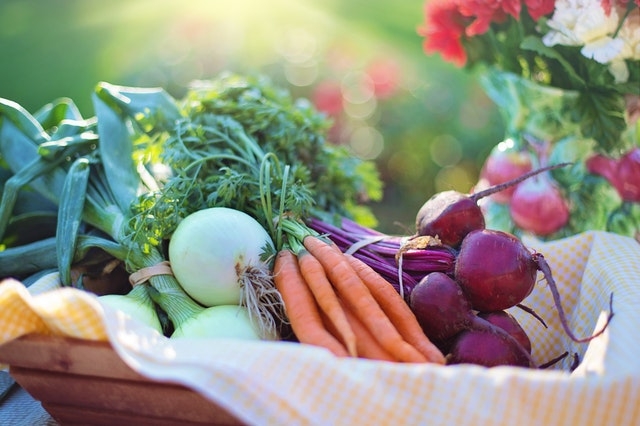
Leafy Greens
- Kale: Kale is one of the hardiest winter vegetables, capable of surviving temperatures as low as 20°F (-6°C). It is packed with vitamins and minerals and can be harvested throughout winter. Its flavor improves after frost, making it perfect for salads, soups, and smoothies.
- Spinach: Spinach is a fast-growing leafy green that thrives in cool weather. You can sow it in late summer for a winter harvest. It’s rich in iron and can be used in salads, omelets, and stews. Spinach seeds can germinate in temperatures as low as 40°F (4°C).
- Collard greens: Collard greens are another hardy option that can tolerate cold temperatures and can be harvested throughout the winter. They are high in calcium and can be used in soups, sautéed, or steamed as a side dish.
Root vegetables
- Carrots: Carrots are excellent for winter gardening. They can be planted in late summer and harvested throughout the winter. They actually become sweeter after exposure to frost, making them ideal for roasting and adding to soups and stews.
- Beets: Beets are versatile root vegetables that can be grown in winter. They can be sown in late summer and harvested in the fall or winter. Both the roots and the greens are edible, making them a nutritious addition to salads and side dishes.
- Turnips: Turnips are quick-growing root vegetables that can withstand frost. They can be harvested when young and tender or left to grow larger for winter storage. Young turnips have a milder flavor, while mature ones are perfect for soups and stews.
Brassicas
- Brussels sprouts: These delicious little cabbages thrive in cold weather. They can be planted in late summer and harvested into the winter months. Frost can enhance their flavor, making them a popular winter vegetable for roasting and sautéing.
- Cabbage: Both green and red cabbages can be planted in the fall for a winter harvest. They are hardy and can be stored for several months after harvest, providing versatility in the kitchen for salads, slaws, and cooked dishes.
Alliums
- Garlic: Garlic should be planted in the fall before the ground freezes. It will overwinter and be ready for harvest the following summer. Garlic is a staple in many cuisines and has numerous health benefits, including boosting the immune system.
- Onions: Certain onion varieties, such as overwintering onions, can be planted in the fall for a spring harvest. They require a longer growing season but can be a rewarding addition to your winter garden.
Other vegetables
- Radishes: Fast-growing radishes can be planted in late summer for a quick winter harvest. They can tolerate cold weather and add a nice crunch to salads.
- Mustard greens: Mustard greens are another leafy green that can thrive in winter. They have a slightly spicy flavor and can be used in salads or cooked dishes.
- Peas: Certain varieties of peas can be planted in late winter or very early spring, giving you an early harvest. They can tolerate some frost, making them suitable for winter planting in milder climates.
Preparing the soil
Healthy soil is essential for successful winter vegetable gardening. Here’s how to prepare it effectively:
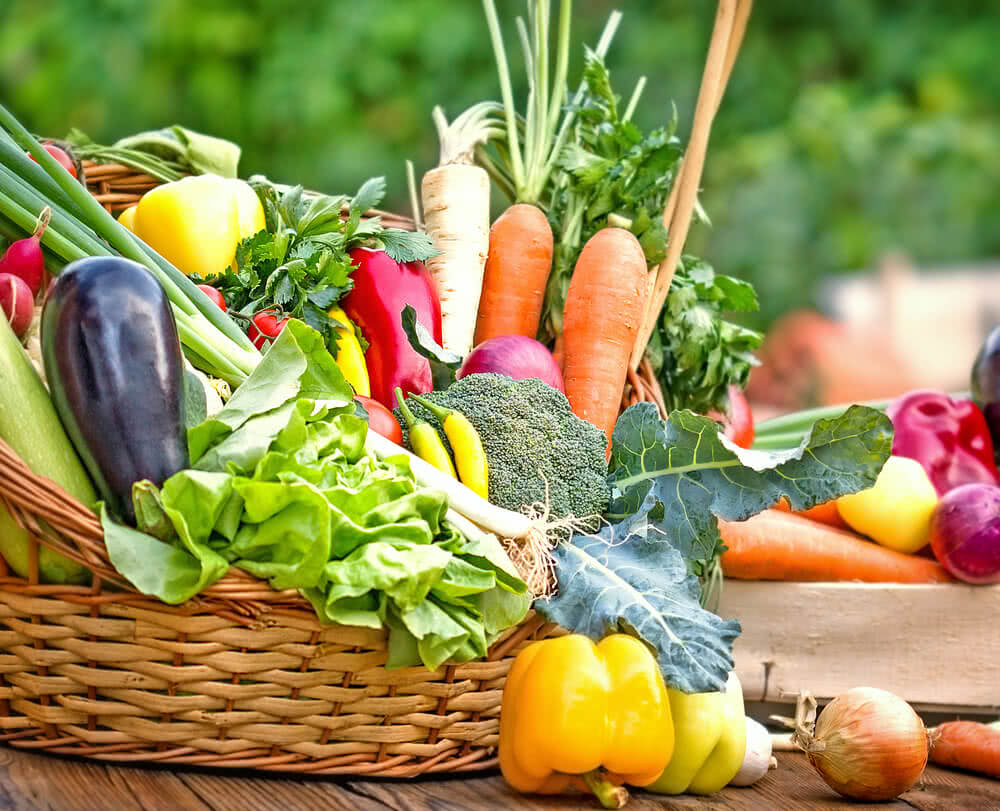
Location
- Sunlight: Choose a location that receives full sun for at least 6 hours a day. Although sunlight is less intense in winter, it is still vital for plant growth.
- Drainage: Ensure the area has good drainage, as winter rains can lead to waterlogged soil. Raised beds are a great option for better drainage and soil warmth.
Soil testing
- pH levels: Test your soil’s pH level. Most winter vegetables prefer a slightly acidic to neutral pH (around 6.0 to 7.0). You can purchase a soil testing kit from a garden center or send a sample to a local agricultural extension office.
Soil amendments
- Organic matter: Incorporate organic matter like compost or well-rotted manure into the soil. This improves soil structure, increases nutrient content, and enhances moisture retention.
- Fertilizer: Depending on the soil test results, consider adding a balanced fertilizer to provide essential nutrients for your winter crops. A slow-release fertilizer can be beneficial to ensure a steady supply of nutrients over time.
Tilling
- Turn the soil: Tilling the soil to a depth of about 12 inches will help break up compacted soil and promote root growth. Remove any rocks or debris to create a clean planting area.
Soil preparation techniques
- Double digging: For deeper-rooted crops like carrots and beets, consider double digging. This involves removing the top layer of soil, loosening the subsoil, and then replacing the topsoil. This technique can improve drainage and root penetration.
- Cover crops: If you have time before planting, consider sowing cover crops in the fall to improve soil health. Cover crops like clover or winter rye can enhance soil structure and provide nutrients when turned under in spring.
Planting seeds
Timing and technique are critical for successfully planting winter vegetables:
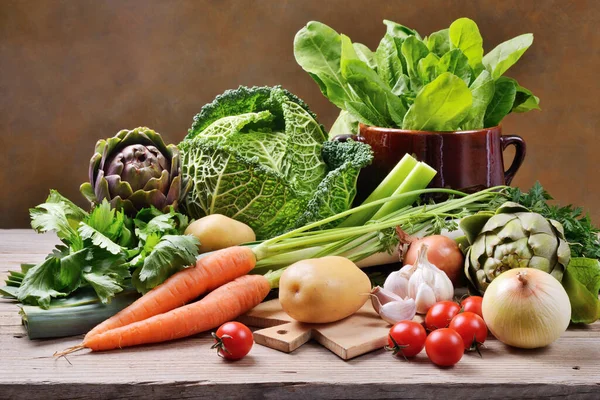
Timing
- Sowing dates: The ideal planting time will vary based on your local climate. Generally, seeds should be sown in late summer to early fall. For example, garlic is usually planted in October, while leafy greens can be sown as late as November in milder climates.
- Frost dates: Check your local frost dates to determine when to plant your seeds. You want to ensure that your crops have enough time to mature before the harshest winter weather sets in.
Seed depth and spacing
- Planting depth: Follow the instructions on seed packets for the correct planting depth. Larger seeds like carrots should be planted deeper (about ½ inch), while smaller seeds like spinach can be sown closer to the surface (about ¼ inch).
- Spacing: Ensure proper spacing between seeds to avoid overcrowding. Crowded plants can lead to competition for resources, increasing the risk of disease and poor growth. For instance, space carrot seeds about 1-2 inches apart and kale plants 12-18 inches apart.
Sowing techniques
- Direct sowing vs. transplanting: Some winter vegetables, like spinach and kale, can be directly sown into the garden bed, while others, like cabbage and broccoli, may benefit from being started indoors and transplanted outside when they are sturdy enough.
- Succession planting: For crops like spinach and lettuce, consider succession planting by sowing small batches every few weeks. This allows for a staggered harvest and ensures a continuous supply of fresh greens.
Protecting your crops
Winter weather can pose challenges to young plants, so protecting them is essential:
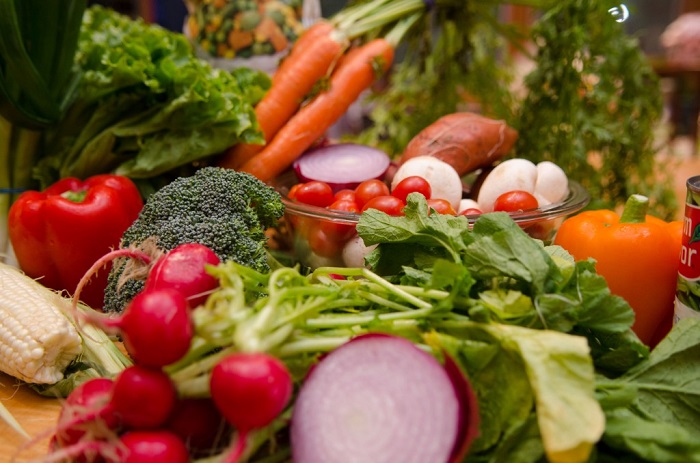
Row covers
- Frost protection: Lightweight row covers can help shield your crops from frost while allowing light and moisture to penetrate. These covers are easy to set up and can significantly improve the chances of a successful harvest. Be sure to remove them on warmer days to prevent overheating.
Mulching
- Insulation: Apply a thick layer of organic mulch, such as straw, leaves, or wood chips, around your plants. Mulch insulates the soil, retains moisture, and suppresses weed growth. It can also prevent soil erosion during winter rains and protect the root systems of your crops.
Cold frames and hoops
- Mini greenhouses: Consider using cold frames or building hoop houses to create a protected environment for your winter crops. These structures can help maintain a warmer microclimate, allowing for extended growing seasons. They can be made from materials like old windows, PVC pipes, or hoops covered with plastic sheeting.
Windbreaks
- Protection from wind: If you live in a particularly windy area, consider installing windbreaks, such as fences or rows of taller plants, to protect your winter crops. Wind can damage young plants and increase moisture loss, making it important to provide shelter.
How to grow winter vegetables – Watering and maintenance
Even in winter, your vegetables need care:

Watering
- Soil moisture: Check soil moisture regularly. While winter plants require less water than summer crops, they still need sufficient moisture, especially during dry spells.
- Irrigation: Water your crops when the soil feels dry to the touch. Ensure that water penetrates deeply to encourage strong root growth. Using soaker hoses or drip irrigation can help deliver water directly to the soil without wetting the foliage.
Weeding
- Weed control: Keep your garden bed free of weeds, as they compete for nutrients and can harbor pests. Regularly check for new weed growth and remove them promptly. Hand-pulling weeds is often the most effective method in winter gardens.
Pest control
- Monitoring: Winter can bring different pests, such as aphids or cabbage worms. Regularly inspect your plants for signs of pest activity, especially in milder winter climates where pests may remain active.
- Organic solutions: If you notice pest problems, consider using organic pest control methods, such as neem oil or insecticidal soap, to minimize damage without harming beneficial insects. You can also introduce beneficial insects, like ladybugs, to help control pest populations naturally.
Fertilization
- Nutrient needs: Winter vegetables still require nutrients, though at a lower rate than summer crops. Apply a balanced organic fertilizer or compost during planting, and consider a mid-season application if the plants appear to be struggling.
Harvesting
The timing and technique of harvesting winter vegetables are crucial:
When to harvest
- Timing: Most winter vegetables can be harvested as needed. Leafy greens can be cut and come again, while root vegetables can be pulled when they reach the desired size. For example, carrots can be harvested when they are at least ½ inch in diameter.
- Frost benefits: Many vegetables, such as kale and Brussels sprouts, can actually taste better after exposure to frost. The cold weather sweetens the starches, enhancing their flavor. Harvesting these crops after a frost can improve their taste and texture.
Harvesting techniques
- Gentle handling: When harvesting, handle the plants gently to avoid damaging them. For root vegetables, use a garden fork to loosen the soil around the roots before pulling them out.
- Storage considerations: Some vegetables can be stored in the ground until needed, while others may need to be harvested and stored properly. For instance, carrots can be left in the ground until needed, while kale and collard greens should be harvested and refrigerated.
Storing your harvest
- Proper storage: If you have a large harvest, consider how to store your vegetables properly. Root vegetables like carrots and beets can be stored in a cool, dark, and humid place, while leafy greens are best kept in the refrigerator. Use perforated plastic bags to help maintain humidity while preventing excess moisture buildup.
- Preserving options: If you have an abundance of vegetables, consider preserving them through canning, freezing, or pickling to enjoy them beyond the winter months. For example, blanching and freezing spinach can retain its nutritional value and flavor for months.
Troubleshooting common issues
Even with careful planning and care, winter gardening can present challenges. Here are some common issues and solutions:
Frost damage
- Symptoms: Leaves may appear wilted, brown, or mushy after a hard frost.
- Solutions: If frost damage occurs, remove damaged leaves to promote new growth. If possible, cover plants with row covers during expected frost events.
Poor germination
- Symptoms: Seeds do not sprout or show stunted growth.
- Solutions: Ensure seeds are fresh and properly stored. Check soil temperature; some seeds require specific temperatures to germinate. Consider using seedling trays to start seeds indoors before transplanting outside.
Pests and diseases
- Symptoms: Holes in leaves, discolored foliage, or wilting plants.
- Solutions: Regularly inspect plants for pests. Use organic pesticides as a last resort. Promote healthy plants through proper watering and fertilization to reduce susceptibility to diseases.
Conclusion
Here are the details about “how to grow winter vegetables”. Growing winter vegetables is not only a practical way to enjoy fresh produce year-round, but it also allows you to connect with nature during the colder months. With careful planning, proper preparation, and diligent care, you can cultivate a bountiful winter garden that provides nourishment and joy. Embrace the challenge of winter gardening, and you’ll reap the rewards of fresh, homegrown vegetables even in the depths of winter.
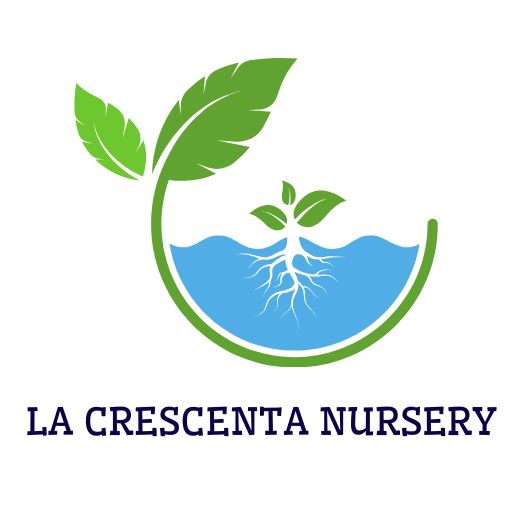
Related articles
Top 5 Spring Tree Pests: Identifying and Managing Common Threats
How to Grow Virginia Creeper: A Complete Guide
How to care for cyclamen from the expert
Detailed instructions: How to care for propagated plants
Understanding tree diseases: Identification, prevention, and treatment
Detailed instructions: How to care for fruit trees
Detailed instructions how to grow winter vegetables
How to propagate an aloe plant: a detailed guide to the methods